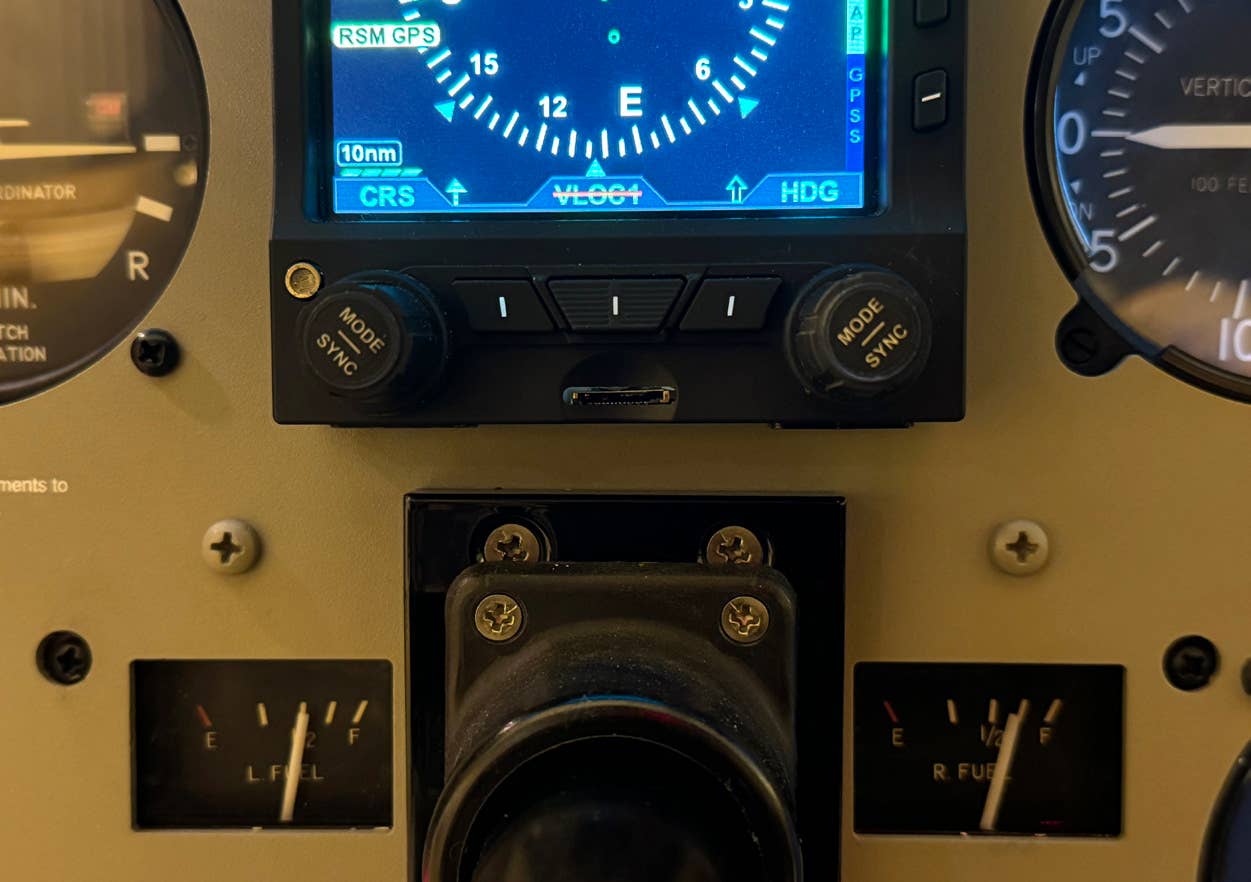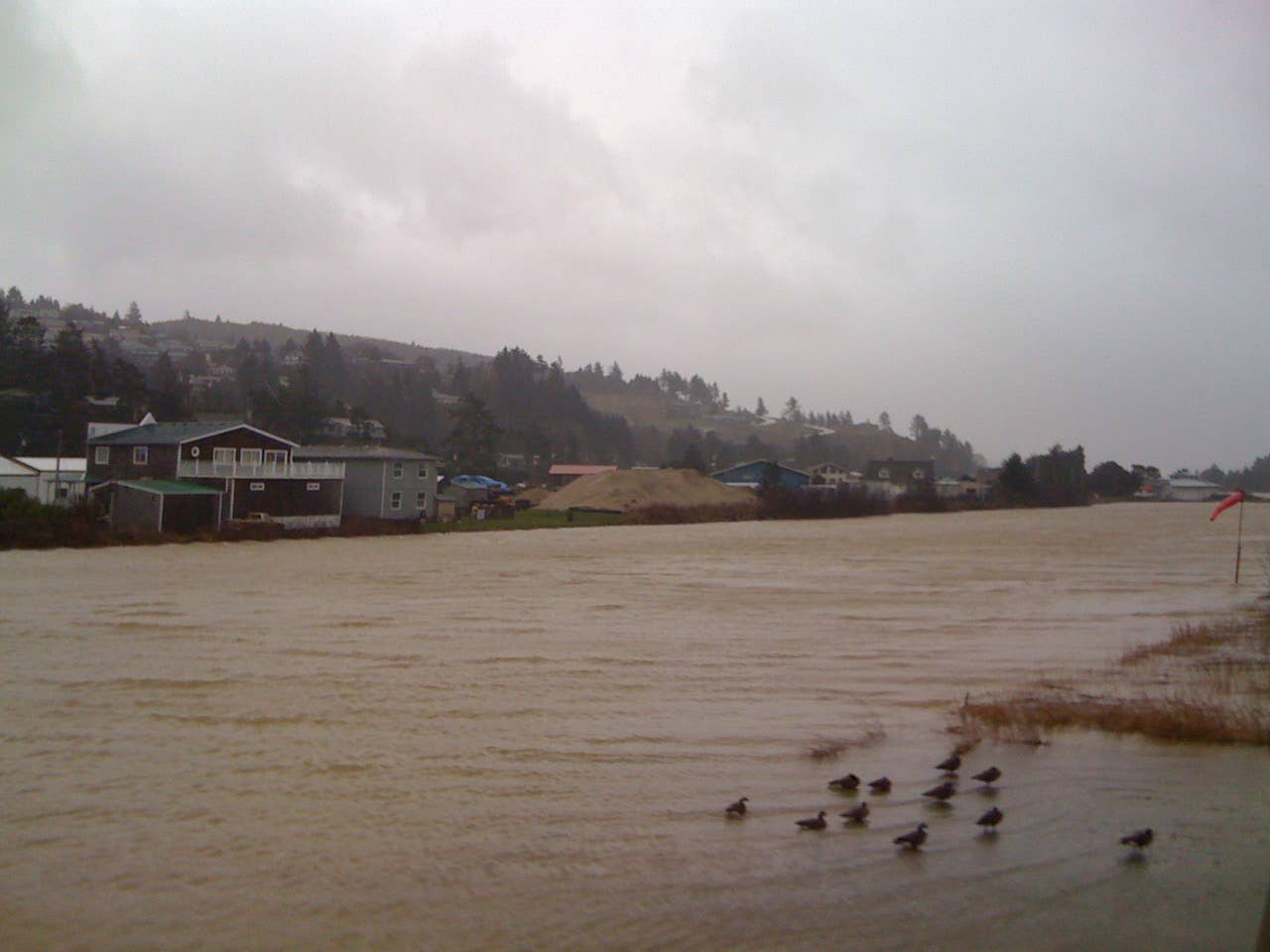
A pilot’s comfort while operating near
an airport (and aerial attractions such
as Olana, above) is a function of how
well he or she announces positions
and intentions. Tom Benenson
I thought of it as a "fam" flight — a flight to familiarize someone with why general aviation engenders such passion. A week or so earlier, during a physical, my doctor expressed an interest in going for an airplane ride. Since I try to never postpone joy, I invited her.
Lauren was hesitant to take the controls, so I decided that a sightseeing flight of New York's Hudson Valley was a better option. She marveled at the view of the cliffs she rock-climbs below the Mohonk Mountain House, a 265-room Victorian castle built on a lakeside cliff in 1869, and got excited when she was able to spot her home. On the way back north toward Columbia County, we circled Olana, a Persian-style palace that was the home of Frederic Edwin Church, a member of the Hudson River School. Olana, only about six miles southwest of Columbia County Airport, is a popular local attraction for aerial and surface sightseers. I was splitting my attention between the terrain, the airplane, watching for traffic and monitoring Lauren's comfort and the local unicom frequency when I heard a pilot announce he was taking off on Runway 21 from the Columbia County Airport.
I'm a big believer in the value of situational awareness and the "big picture" to help with seeing and avoiding. The reason I'm slightly uncomfortable flying into Montreal, Canada, where the controllers address pilots in the language — French or English — they use in their initial call-up, is that I'm not able to construct the big picture that lets me know where to look for other airplanes.
So there we were, about six miles south of the airport, when a pilot announces he's taking off on Runway 21 but gives no indication of whether he's staying in the pattern, doing touch-and-goes or departing the area, and if so, in which direction.
"That was someone at Columbia County?" Lauren asks.
"Yep."
"Where is he?" she asks, justly concerned about the potential nearby presence of another airplane.
"Well, that's the problem. We really don't know where to look. All he's told us is that he's taking off to the southwest. We know that because the runways are numbered by their direction. So if he departs straight out from Runway Two-One, he's going to be on a heading of roughly 210 degrees."
I key the mike. "Airplane departing Columbia County, be advised there's a Cessna Cardinal circling at 2,500 feet six miles southwest of the airport. Which way are you going?"
After a minute we hear his response: "Taking off Runway Two-One."
We knew that. "Airplane taking off Runway Two-One, are you departing the area? If so, in which direction? Or are you staying in the pattern?"
"We're departing to the east," he replies.
"Thanks, that helps." I turn to Lauren. "He's not going to be a problem. He's going the other way."
We circle Olana, and then, as I watch for air traffic and Lauren watches river traffic navigating the Hudson River, we do a turn over the Rip Van Winkle Bridge.
A radio call mutes the '50s music on XM radio. "Columbia County traffic, which way you landing?" we hear a pilot ask. "That's another airplane?" Lauren asks.
"Yep. Someone in another airplane coming in to land at the airport."
"Where is it?" she asks.
"Good question," I say. "We have no idea."
I key the mike. "Airplane calling Columbia County, the AWOS indicates Runway Two-One, and we're a Cessna Cardinal five miles southwest at 2,500 feet. Where are you?"
"Six miles, northeast. Descending from two thousand feet. I'll enter the downwind to Runway Two-One on the Forty-Five."
"Thanks, that helps."
I point out Lauren's window. "He says he's over that way, north and east of the airport, but sometimes pilots get confused, and while we want to look for him where he says he is, we also want to look in the opposite direction in case he's confusing east and west."
Recently, I was doing some instrument work with a student whose radio work was excellent. He was very good about calling his position and intentions as we approached our destination. But then, when he called, "Six miles southwest of the airport," he was actually directly over the airport. He read the six-mile distance from the GPS but didn't realize that the GPS was counting down the distance not to the airport but to an intersection six miles northeast of the airport that defined the initial approach fix for the approach procedure he had loaded in the GPS.
I've developed something of a reputation with local pilots for frequently complaining about what I consider less-than-adequate radio performance. For the hour Lauren and I flew within unicom range of the airport, during which perhaps a half-dozen operations took place, only one pilot landing at the airport reported he was "full stop," none announced they were "touch-and-go and staying in the pattern" and only one departing the airport announced the direction in which he'd be departing the area. When he announced he was departing to the southwest, I was able to advise, "Aircraft departing Columbia County, there's a Cardinal circling at 2,500 feet six miles southwest of the airport over the river."
"I'll watch for you," he said. And we watched for him.
The Aeronautical Information Manual (AIM) is very specific about the recommended procedures for self-announcing position and/or intentions when there's no control tower (4-1-9. Traffic advisory practices at airports without operating control towers).
According to the AIM, a pilot stating, "Traffic in the area, please advise," is not a recognized "self-announce" position and/or intention phrase and should not be used under any condition. (That's going to come as a surprise to a number of pilots!)
The manual recommends that pilots report approximately 10 miles from the airport, reporting altitude and stating their aircraft type, aircraft identification, location relative to the airport, whether landing or over-flying and requesting wind information and runway in use.
Some pilots point out that the aircraft type and identification aren't as important as the class of the airplane: Low-wing light sport, high-wing single or light twin might be more helpful for someone looking for the traffic or planning their spacing in the pattern. Pilots planning to land or do touch-and-goes at an airport should be aware if there's an AWOS or ASOS on the field, which would negate the need to request the wind direction and runway in use. By listening before keying their mikes, pilots would be able to glean some of the pertinent information from position calls from pilots in the pattern.
The AIM gives an example of the proper radio calls for an airplane inbound:
Columbia County Unicom, Cessna Eight Two Eight Juliet Tango, 10 miles southeast descending through (altitude), landing Columbia County, request wind and runway information, Columbia County. [It suggests that the name of the airport be given both at the beginning and end of each call.]
And then, when entering the pattern, the AIM recommends: Columbia County traffic, Cessna Eight Two Eight Juliet Tango entering downwind/base/final [as appropriate] for Runway 21 (full stop, touch-and-go), Columbia County.
And finally: Columbia County Unicom, Cessna Eight Two Eight Juliet Tango clear of Runway 21, Columbia County.
Outbound, the AIM recommends:
Columbia County Unicom, Cessna Eight Two Eight Juliet Tango (location on airport) taxiing to Runway 21, request wind and traffic information, Columbia County. [AWOS, ASOS, wind sock and calls from traffic in the pattern should give an alert pilot the current wind and runway information.]
When ready to depart, the recommendation is:
Columbia County Unicom, Cessna Eight Two Eight Juliet Tango departing Runway 21. "Remaining in the pattern" or "departing the pattern to the (direction)," Columbia County.
A convention that many pilots employ is to use the "Columbia County traffic" call when advising other pilots, or "Columbia County Unicom" when they have a specific request to make of the unicom operator.
Every time I hear a pilot announce that he's taking off without giving any helpful information, I find myself paraphrasing a song from Paint Your Wagon, the first Broadway show I ever saw. "Where is he goin'? I don't know. Where is he headin'? I ain't certain. All I know is he is on his way!"
It's simple. If you know where you're goin', let others know.

Sign-up for newsletters & special offers!
Get the latest FLYING stories & special offers delivered directly to your inbox






